This article was medically reviewed by Luba Lee, FNP-BC, MS and by wikiHow staff writer, Hannah Madden. Luba Lee, FNP-BC is a Board-Certified Family Nurse Practitioner (FNP) and educator in Tennessee with over a decade of clinical experience. Luba has certifications in Pediatric Advanced Life Support (PALS), Emergency Medicine, Advanced Cardiac Life Support (ACLS), Team Building, and Critical Care Nursing. She received her Master of Science in Nursing (MSN) from the University of Tennessee in 2006.
There are 15 references cited in this article, which can be found at the bottom of the page.
This article has been viewed 13,531 times.
A quadriceps strain, or quad strain, can happen after playing sports or doing a strenuous workout. Mild strains can usually be treated at home in just a few weeks, while more severe strains might need a doctor’s attention. We’ve compiled all the info you need to know if you’re dealing with a strained quad for a fast and easy rehabilitation.
Steps
Background
-
1Your quadriceps is a group of 4 muscles that runs down the front and side of your thigh. It works to straighten out your knee when you walk, run, or jump. You can think of it as being opposite from your hamstring, the large muscle on the back of your thigh.[1]
-
2A quad strain happens when you overstretch or pull your quad muscle. You can usually tell right away when you’ve strained your quad, since you’ll feel pain or stiffness. In severe strains, you may even feel a pop or a pull in your quad as the strain happens.[2]
Causes
-
1Playing sports is the number one cause of quad strains. Especially sports like soccer, rugby, and football. The sudden forceful exertion of your muscles can lead to a strain, especially if you aren’t used to the movement or you’re pushing yourself super hard.[3]
- Quad strains are also fairly common in runners.
-
2Excessive stretching is another common cause of strains. Deep stretches, like the kind you do in yoga, can be great for improving your flexibility and range of motion. Unfortunately, they can also cause strains if you overdo it.[4] To avoid straining your quads during stretches, take it slow and use steady movements and controlled breathing. Stop what you’re doing if you feel pinching or pain.
- You can reduce the risk of strains by warming up your muscles before you stretch. Do a few minutes of light walking or other gentle cardio to get your blood flowing first.[5]
-
3Leg presses can also cause quad strain. Using a leg press machine forces your quads to work overtime. If you overdid it at the gym or you’re not used to working out so hard, you may have strained your muscles.[6]
- You can also strain your muscles by adding too much weight to the leg press machine.
Symptoms
-
1Pain and tenderness in the leg are the main symptoms. You might notice that it’s hard to walk or lift your leg up like you normally would. It can range from feeling slightly uncomfortable to downright painful.[7]
-
2Bruising, spasms, swelling, and muscle weakness can also happen. Symptoms like these usually point to a severe strain, especially if they continue happening for multiple days. If you have these symptoms, seek medical care.[8]
- If your pain is intolerable or your strain isn’t getting better with at-home treatment, seek medical attention.
Treatment
-
1Follow the RICE protocol to heal your strain quickly. RICE stands for rest, ice, compression, and elevation.[9]
- Rest: Take a break from working out, especially if that’s what caused the strain. If your injury is severe enough, you may want to use crutches while walking to avoid putting weight on your leg.
- Ice: Wrap an ice pack or a bag of ice cubes in a towel and press it onto your strained leg. Use ice packs for 20 minutes at a time several times a day to reduce swelling and inflammation.
- Compression: Lightly wrap your injured leg in a soft bandage or an ace wrap. This is to help reduce further inflammation and to bring down any swelling.
- Elevation: Lie back on a couch or chair and raise your leg up higher than your heart. Try to do this whenever you’re sitting down to minimize future swelling.
-
2Take anti-inflammatory medication if your doctor recommends it. Medications can also help with pain relief. If your doctor recommends it, look for an over-the-counter drug, like ibuprofen, and follow the dosage directions on the bottle.[10]
- If you have any heart, liver, or kidney problems, talk with your doctor before taking anti-inflammatory medication.[11]
-
3Ask your doctor about taking a magnesium supplement to promote healing. Your body needs magnesium to build healthy muscles. If your quads get strained easily, taking magnesium may help them heal and prevent future injuries.[12] Talk to your doctor about whether a magnesium supplement might help you.
- Give your doctor a full list of any medications or supplements you’re already taking. This will help them determine if magnesium is safe for you.[13]
- The typical recommended dose for adults is 400mg before bedtime. In addition to keeping your muscles healthy, magnesium can also relax sore muscles and help you sleep better.
- You can also add more magnesium to your diet by eating nuts and seeds, whole grains, leafy greens, and dairy products.
-
4Soothe your aching quads with an Epsom salt bath. An Epsom salt bath may help relax sore muscles and ease inflammation. Add about 10.5 oz (300 g) of Epsom salt to a tub of comfortably hot water, then soak in the bath for at least 15 minutes.[14]
- You can buy Epsom salt in most pharmacies.
- Don’t take an Epsom salt bath if you have any open wounds, serious burns, or skin infections, since it could cause irritation.
-
5Eat a balanced diet and stay hydrated to bounce back faster. Your body needs nourishment and energy to heal, so drink lots of water and eat healthy foods while you’re recovering. Make sure to incorporate plenty of the following into your diet:[15]
- Fruits and vegetables in a rainbow of colors, which will help you get the vitamins and antioxidants you need to heal.
- Whole grains, such as brown rice or whole wheat bread.[16]
- Good sources of vitamin D, such as fatty fish (like tuna and mackerel), egg yolks, and fortified dairy products.
- Healthy proteins, like fish, poultry, eggs, dairy, and beans.
- Nuts and seeds, which are a great source of healthy fats.
-
6Call your doctor if you’re feeling any numbness or tingling. Most mild strains will go away on their own with rest and at-home treatment. However, if your strain isn’t getting better after a few weeks or you feel numbness and tingling in your leg, seek medical care right away.[17]
Prognosis
-
1Most strains get better in 2 to 3 weeks. As long as you follow the RICE protocol, your quad will most likely heal on its own. Mild strains may even heal in as little as 13 days.[18]
-
2Don’t do any sports until your muscle returns to normal. Wait for your quad to reach its pre-injury strength and flexibility levels. For a mild strain, this might only take 10 days; for a severe strain, you may have to wait up to 6 months.[19]
- If you aren’t sure whether or not to return to normal physical activities, talk to a doctor.
Warnings
- Seek medical care right away if your quad strain is severe.[24]⧼thumbs_response⧽
References
- ↑ https://www.health.harvard.edu/a_to_z/leg-strain-a-to-z
- ↑ https://myhealth.alberta.ca/Health/aftercareinformation/pages/conditions.aspx?hwid=abo3610
- ↑ https://www.ncbi.nlm.nih.gov/pmc/articles/PMC2941577/
- ↑ https://www.ncbi.nlm.nih.gov/pmc/articles/PMC2941577/
- ↑ https://web.mit.edu/tkd/stretch/stretching_5.html
- ↑ https://www.health.harvard.edu/a_to_z/leg-strain-a-to-z
- ↑ https://www.ncbi.nlm.nih.gov/pmc/articles/PMC2941577/
- ↑ https://myhealth.alberta.ca/Health/aftercareinformation/pages/conditions.aspx?hwid=abo3610
- ↑ https://orthoinfo.aaos.org/en/diseases--conditions/muscle-strains-in-the-thigh
- ↑ https://orthoinfo.aaos.org/en/diseases--conditions/muscle-strains-in-the-thigh
- ↑ https://www.nhsinform.scot/tests-and-treatments/medicines-and-medical-aids/types-of-medicine/ibuprofen
- ↑ https://www.ncbi.nlm.nih.gov/pmc/articles/PMC6723322/
- ↑ https://www.mayoclinic.org/healthy-lifestyle/nutrition-and-healthy-eating/expert-answers/magnesium-supplements/faq-20466270
- ↑ https://health.clevelandclinic.org/7-things-you-probably-didnt-know-about-epsom-salt/
- ↑ https://www.nationwidechildrens.org/family-resources-education/700childrens/2018/03/anti-inflammatory-foods-injury-healing-through-nutrition
- ↑ https://www.eatright.org/health/wellness/preventing-illness/nutrition-tips-to-promote-wound-healing
- ↑ https://www.mayoclinic.org/diseases-conditions/muscle-strains/symptoms-causes/syc-20450507
- ↑ https://www.ncbi.nlm.nih.gov/pmc/articles/PMC2941577/
- ↑ https://orthoinfo.aaos.org/en/diseases--conditions/muscle-strains-in-the-thigh
- ↑ https://www.researchgate.net/publication/221975405_A_Dynamic_Warm-up_Model_Increases_Quadriceps_Strength_and_Hamstring_Flexibility
- ↑ https://www.niams.nih.gov/health-topics/sprains-and-strains#tab-prevention
- ↑ https://www.mayoclinic.org/healthy-lifestyle/stress-management/in-depth/massage/art-20045743
- ↑ https://www.ncbi.nlm.nih.gov/pmc/articles/PMC2941577/
- ↑ https://myhealth.alberta.ca/Health/aftercareinformation/pages/conditions.aspx?hwid=abo3610

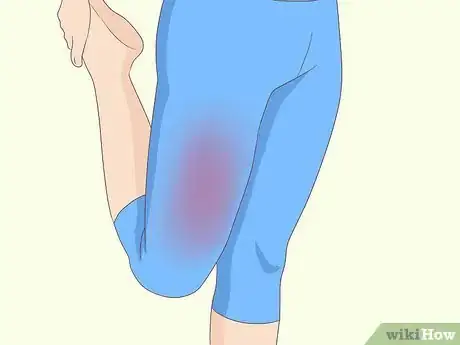
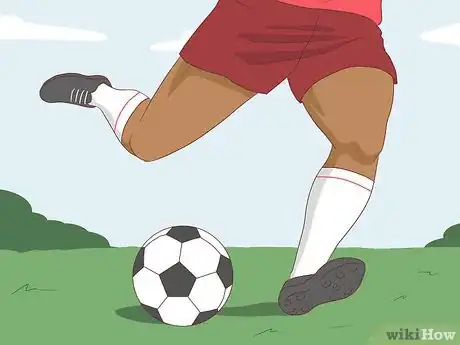

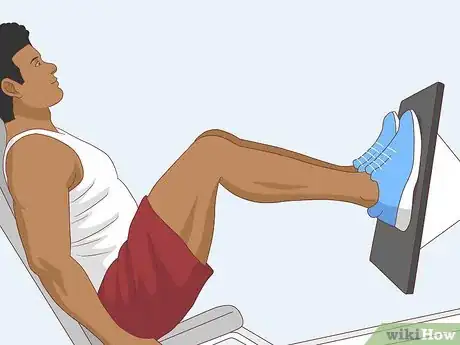

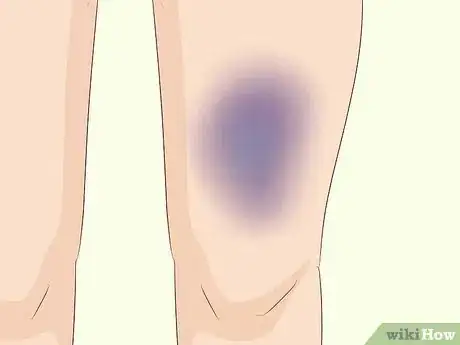
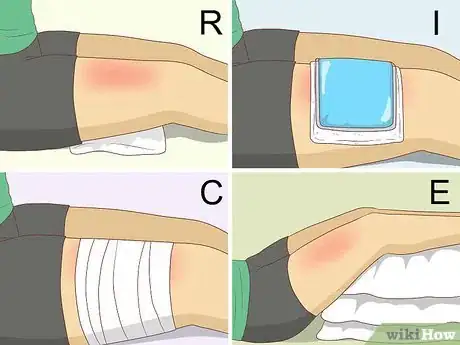
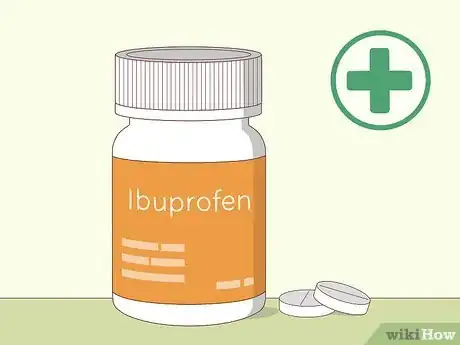
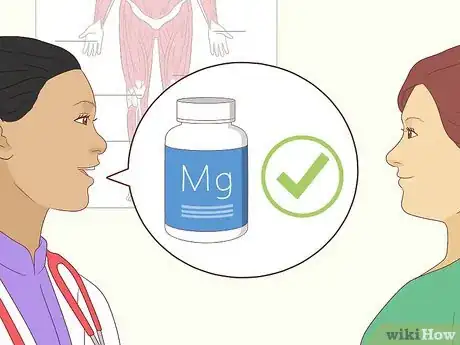
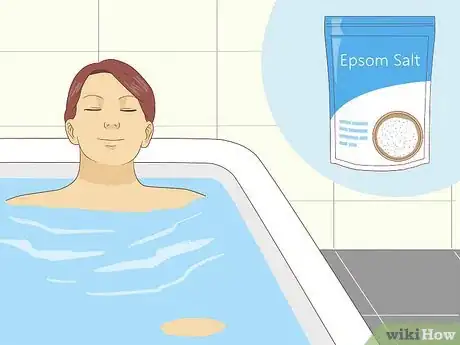
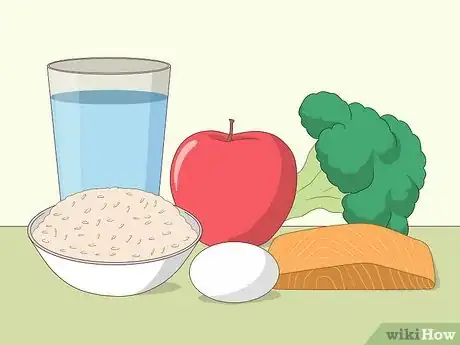
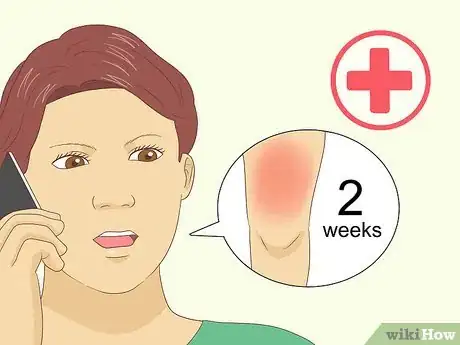


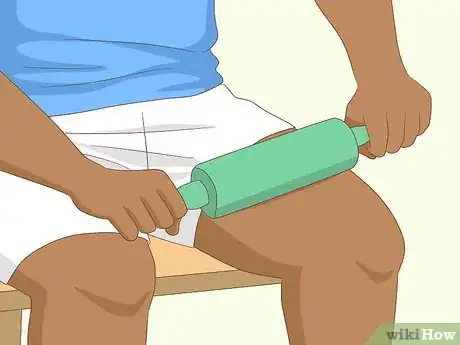

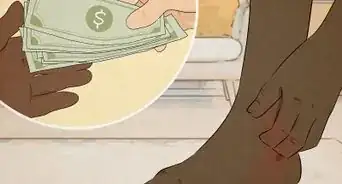
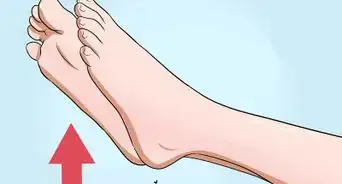



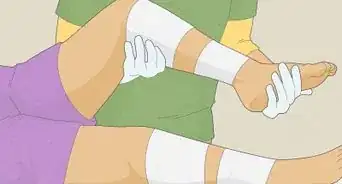
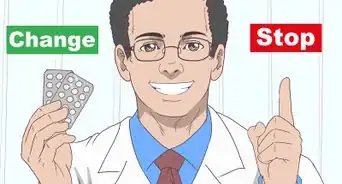














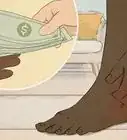
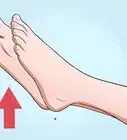






































Medical Disclaimer
The content of this article is not intended to be a substitute for professional medical advice, examination, diagnosis, or treatment. You should always contact your doctor or other qualified healthcare professional before starting, changing, or stopping any kind of health treatment.
Read More...